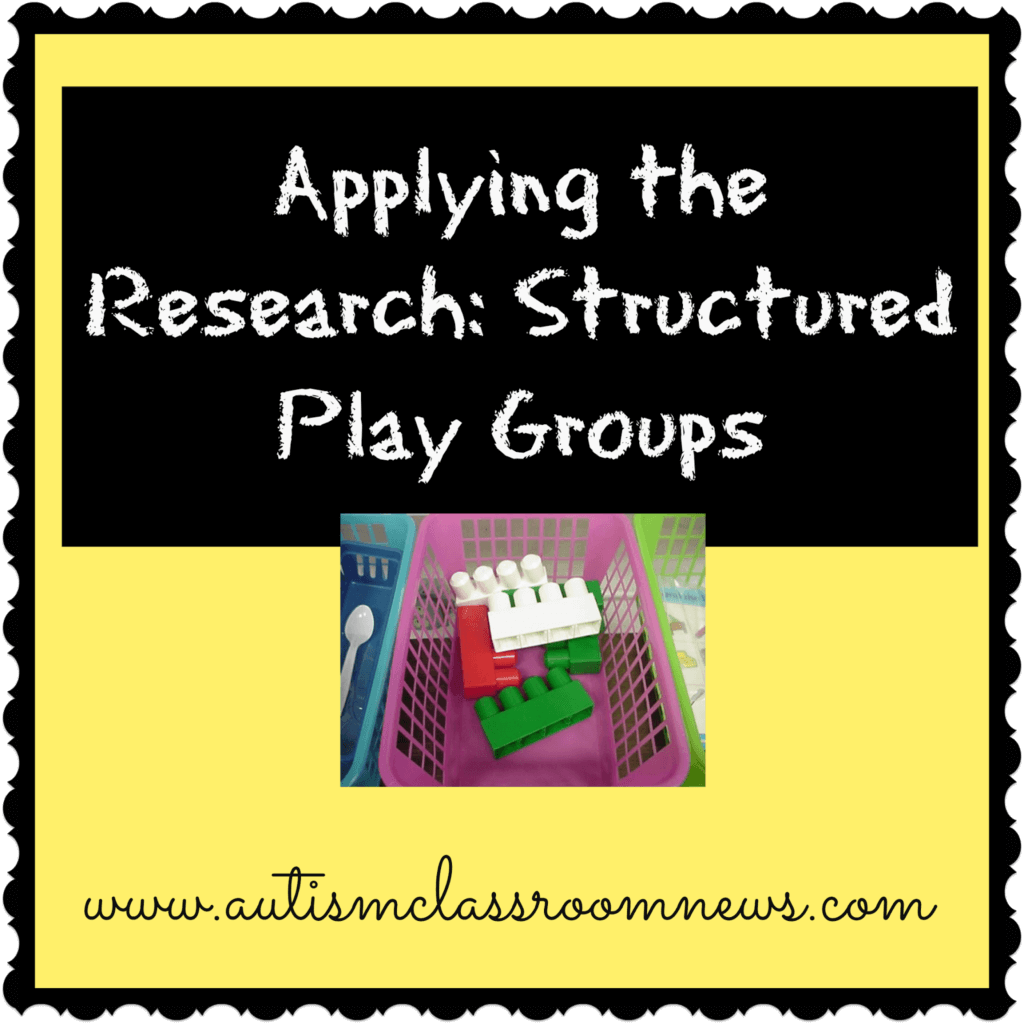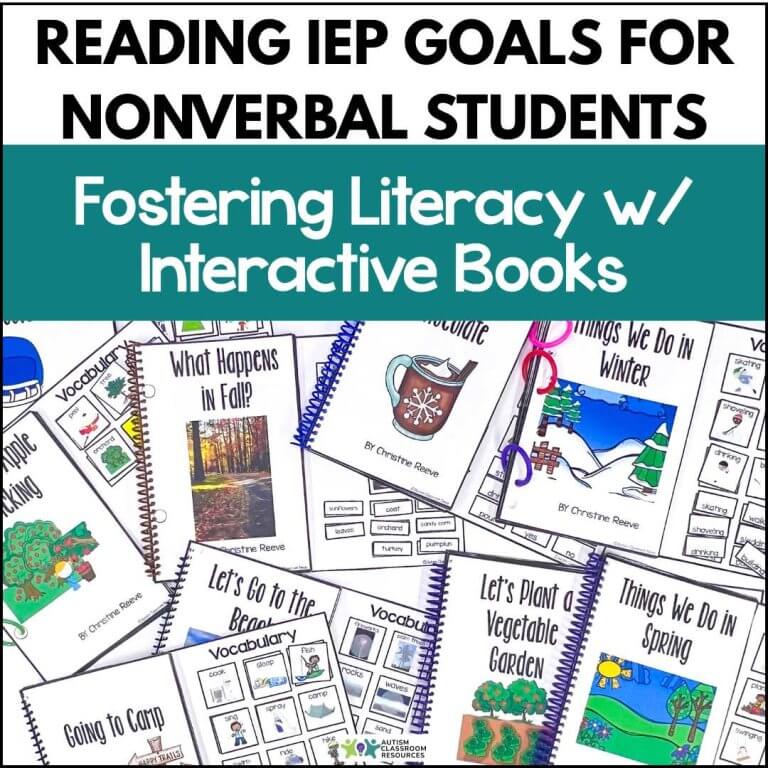Today we continue with the review of evidence-based practices for individuals with autism. For earlier posts in the series, click HERE.
Today I am going to talk about the final new therapy added to the EBP list in the new report: Structured Play Groups (SPG). (Technology-aided Instruction is a combination of existing categories and I’m going to talk about them another time).
This is an interesting category because it really is a conglomeration of interventions based on using play, that is systematized, as an intervention. It combines forms of play therapy, but it is not based on the psychoanalytic type of play therapy. This play therapy is using play as a vehicle for teaching skills in a constructive manner. Most frequently those skills are social and communication-based and focus on enhancing interaction with peers through play.
Based on the fact sheet provided by the National Professional Development Center (Odom, 2013), SPGs have been shown to be effective for elementary-aged children (6-11 years old) with ASD to address social, communication, behavior, school-readiness, play, and academic skills. NPDC describes structured play groups as being specifically designed to teach an identified skill using modeling, role playing and prompting. SPGs are not simply allowing the child to play or to play around typical peers. We actually have research that indicates that simply having children with ASD around typical kids in a play situation does not improve skills (play or any other kind) without specific planning and instruction. There were 4 studies that met the criteria to indicate an evidence-base for this category and they covered 2 primary approaches that I want to touch on briefly here with some links for more information. The first is Integrated Play Groups (IPG), originated by Pamela Wolfberg and her colleagues (Wolfberg & Schuler, 1993). The second is Interactive LEGO© Play (Legoff & Sherman, 2006).
Interactive Play Groups (IPG)
The research articles for IPGs found that children’s play abilities improved over time and that it generalized beyond the intervention environment. Play is a hard thing to measure, but Wolfberg and Schuler (1993) did a nice job of quantifying it by describing different stages of the play process. The philosophy behind IPGs is that you establish the environment to foster peer interaction rather than directing play. In order to do that, they look at a variety of factors. (The research isn’t out yet on whether some of these elements are more important to increasing play skills than others, but the package as a whole has shown promise). This list is summarized from Wolfberg and Shuler (1993).
- Naturally integrated settings, like the playground or play area, that must include a high proportion of socially competent peers in comparison to the children with ASD.
- Well designed play settings that focus on promoting interaction and the need for interaction in play.
- Selection of play materials that focus on interactive play, are set in complexity to the level of the participants in the group, and that represent the diversity of the group.
- The use of consistent schedules and routines designed to help all of the children function independently from adults and interdependently upon each other.
- “Balanced Play Groups” in which the children in the group interact regularly for a period of time so they become comfortable and familiar with each other.
- A focus on the competence of the children and encouraging each child to demonstrate their skills and abilities within the context of play.
- “Guided participation” by adults to help shape play skills without directing it. Children have different roles and levels of play ability that are used to help guide the participation without the need for outside adult intervention.
- “Full immersion in play” in which the whole focus of the play group is play, integrating the child’s actions into the whole realm of play available rather than breaking it down into subcomponents and trying to direct or teach it.
Interactive LEGO© Play (Legoff & Sherman, 2006)
- There is a set of LEGO© Club rules that must be learned before starting intervention and children must develop building skills as well, both collaboratively and individually.
- Children then interact with a group of peers, some of whom have social skills deficits and some of whom do not.
- The groups meet weekly and engage in LEGO© activities that are scaffolded to meet the needs of the group.
- Within the group there are children with different roles and responsibilities (e.g., an engineer is in charge of reading the directions for the building).
- There is a focus on development of verbal and nonverbal communication as well as collaborative problem-solving and taking turns.
- Adults encourage and support the children in play rather than directing it and work to help them work out differences or problems among themselves.
Until next time…hope Everything is Awesome,








![Summer resources to help survive the end of the year in special education [picture-interactive books with summer themes]](https://autismclassroomresources.com/wp-content/uploads/2018/05/SUMMER-RESOURCES-ROUNDUP-FEATURE-8528-768x768.jpg)
